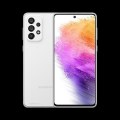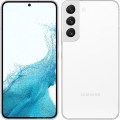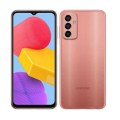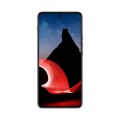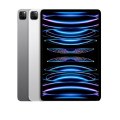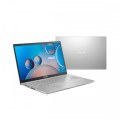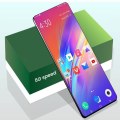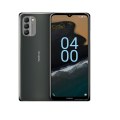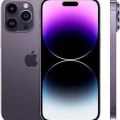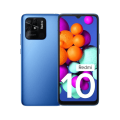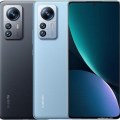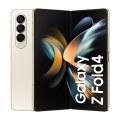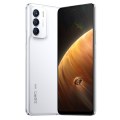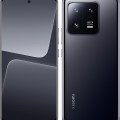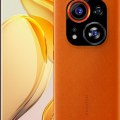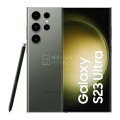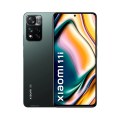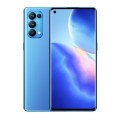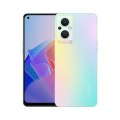- Home
- All Products
- Mobiles
- Samsung Galaxy A12 Full Specifications
Samsung Galaxy A12 Full Specifications
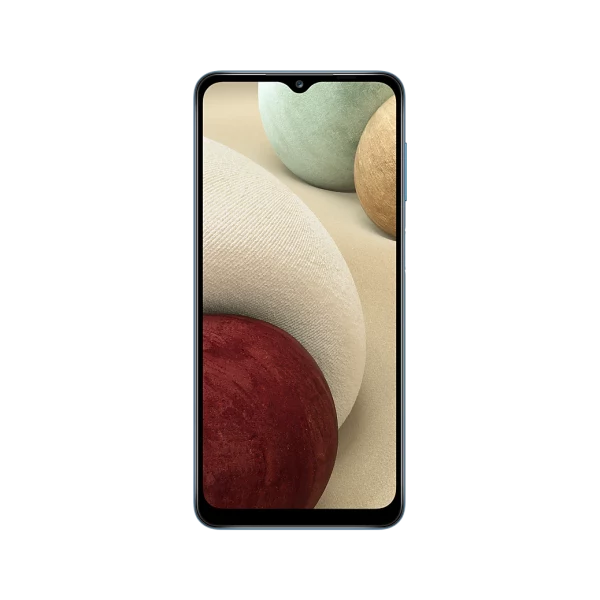


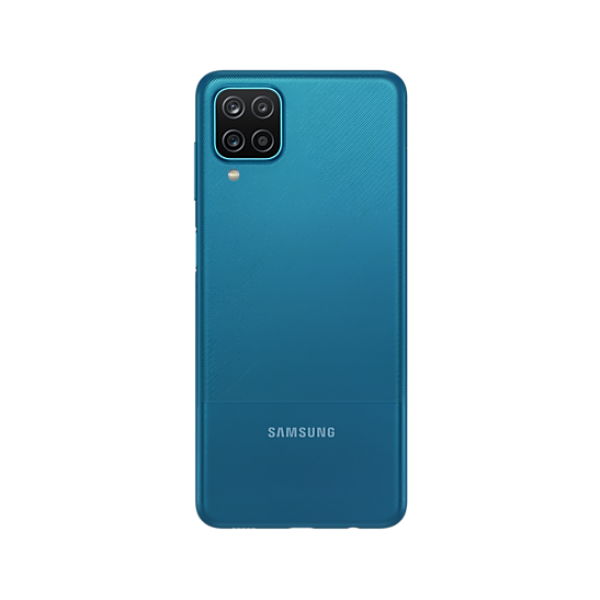
-
CPU: Octa-core (4x2.35 GHz Cortex-A53 & 4x1.8 GHz Cortex-A53)
-
RAM: 2GB RAM, 3GB RAM, 4GB RAM, 6GB RAM
-
Storage: 32GB 2GB RAM, 32GB 3GB RAM, 64GB 4GB RAM, 128GB 3GB RAM, 128GB 4GB RAM, 128GB 6GB RAM
-
Display: 6.5 inches, 102.0 cm2 (~82.1% screen-to-body ratio)
-
Camera: 48 MP, f/2.0, 26mm (wide), AF 5 MP, f/2.2, 123˚ (ultrawide) 2 MP, f/2.4, (macro) 2 MP, f/2.4, (depth)
-
OS: Android 10, upgradable to Android 11, One UI 3.1
Samsung Galaxy A12 Full Specifications
Samsung Galaxy A12 Full Specifications More display means more room to play Expand your view to the 6.5-inch Infinity-V Display of Galaxy A12 and see what you’ve been missing. Thanks to HD+ technology, your everyday content looks sharp, crisp and clear.Image simulated for illustrative purposes. more products Measured diagonally, the screen size is 6.5′ in the full rectangle and 6.4′ accounting for the rounded corners. Actual viewable area is less due to the rounded corners and the camera cutout.
Samsung Galaxy A12 Looks as good as it feels
Galaxy A12 combines streamlined design aesthetics with classic colors. Refined curves make it comfortable to hold and provides easy screen navigation. Choose from Black, White, 1 Red and Blue colors.
Upgrade your mobile photography with Quad Camera
Snap memorable moments in clear detail with the 48MP Main Camera. Expand the viewing angle with Ultra Wide Camera. Customize focus with Depth Camera, or get closer to the details with Macro Camera.Ultra Wide Camera, ultra wide moments Similar to human eye sight, the 5MP Ultra Wide Camera sees the world with a 123-degree angle of view, adding more perspective to everything you shoot.Front Camera, attention-grabbing selfies With the Galaxy A12 8MP Front Camera and Live Focus, it’s easy to snap stunning selfies that feature more you and less background.
Power that keeps you going
Stay ahead of the day with a battery that won’t slow you down. The 5,000mAh (typical)* battery lets you keep doing what you do, for hours on end. And with up to 15W of Adaptive Fast Charging, Galaxy A12 quickly gets back to full power.Typical value tested under third-party laboratory condition. Typical value is the estimated average value considering the deviation in battery capacity among the battery samples tested under IEC 61960 standard. Rated (minimum) capacity is 4,900mAh. Actual battery life may vary depending on network environment, usage patterns and other factors.**Adaptive Fast Charging adapter provided in-box.
Give yourself more room to play
Galaxy A12 combines Octa-core processing power with up to 3GB/4GB/6GB of RAM for fast and efficient performance for the task at hand. Enjoy 32GB/64GB/128GB of internal storage.RAM and internal memory capacity may vary by country. Actual storage available may vary depending on pre-installed software.
Made to focus with One UI Core
One UI Core helps you focus on what matters to you. Hardware and software work together, with content and features at your fingertips so you can get to them faster. Use Dark Mode for a comfortable experience in the dark, and with clear and intuitive visuals using your phone is like second nature. Availability of One UI Core features, apps and services may vary depending on device, OS version and country
Defence-grade security. Protect what matters to you.
Built into the phone’s hardware and software from the start, Samsung Knox protects your phone from the minute it’s turned on. Offering multi-layered security, it defends your most sensitive information from malware and malicious threats.
Specification
General
| Price | Tk.17,799 |
| Device Type | Smart phone |
| Model | SM-A125F/DSN, SM-A125F/DS, SM-A125F, SM-A125M, SM-A125U, SM-A125U1, SM-A125N, SM-A125W |
| Announced | 24 November, 2020 |
| Released | 21 December, 2020 |
| Status | Available |
Design
| Type Design Type called form factor refers to a mobile phone's size, shape, and style as well as the layout and position of major components of phone. There are three major form factors seen in mobile phones => bar phones, folding phones and sliding phones. | Bar |
| Dimensions | 164 x 75.8 x 8.9 mm (6.46 x 2.98 x 0.35 in) |
| Weight | 205 g (7.23 oz) |
| Body Build | Glass front, plastic back, plastic frame |
| Colors | Black, White, Blue, Red |
Display
| Display Type Display Technology => A number of display technologies and types used in mobile phones => TFT (Thin Film Transistor), IPS (In-Place Switching), OLED (Organic Light Emitting Diode), AMOLED (Active-Matrix Organic Light-Emitting Diode), Super AMOLED (an even advanced version of AMOLED), Resistive Touchscreen (Resistive touchscreens contain two layer of conductive material with a very small gap between them which acts as a resistance), Capacitive Touchsceen (Capacitive touchscreen technology consists of a layer of glass coated with a transparent conductor) | PLS LCD |
| Size | 6.5 inches, 102.0 cm2 (~82.1% screen-to-body ratio) |
| Resolution | 720 x 1600 pixels, 20:9 ratio (~270 ppi density) |
| Pixel Density Pixel Density (PPI) is refers to the concentration of pixels on a particular display, measured in pixels per inch (ppi). Pixel density is calculated by dividing the diagonal pixel resolution of a display by its diagonal size, higher pixel density better display quality. | 720 x 1600 pixels, 20:9 ratio (~270 ppi density) |
Network
| 2G Network | GSM 850 / 900 / 1800 / 1900 - SIM 1 & SIM 2 (dual-SIM only) |
| 3G Network | HSDPA 850 / 900 / 2100 |
| 4G Network | 1, 3, 5, 7, 8, 20, 28, 38, 40, 41 |
| Speed | HSPA 42.2/5.76 Mbps, LTE Cat4 150/50 Mbps |
| SIM SIM (Subscriber Identity Module) is a small card that contains mobile network subscriber's account information. This allows the phone using the card to attach to a mobile network. The SIM card is most commonly associated with GSM and UMTS mobile networks. Moving a SIM card from one phone to another allows a subscriber to switch mobile phones without having to contact their mobile network carrier. SIM cards can also be used by a phone to store limited amounts of data, such as phone numbers and text messages. | Nano SIM |
| Dual SIM | Single SIM (Nano-SIM) or Dual SIM (Nano-SIM, dual stand-by) |
Media
| FM Radio | Yes |
| Loudspeaker | Yes |
| Handsfree | Yes |
Camera
| MAIN CAMERA Camera is able to capture photographs and usually videos, The most important characteristics of a camera are the resolution (measured in megapixels), lens focus type (fixed or automatic), higher megapixel cameras are known to capture higher quality photos, but not always a good measurement of the photos quality. | Quad |
| Camera Types |
48 MP, f/2.0, 26mm (wide), AF 5 MP, f/2.2, 123˚ (ultrawide) 2 MP, f/2.4, (macro) 2 MP, f/2.4, (depth) |
| Video | 1080p@30fps |
| SELFIE CAMERA | 8 MP, f/2.2 |
| Video Recording Modes | 1080p@30fps |
Software
| Operating System OS => Every computer system run on a base software called Operating System (OS). Operating System controls all basic operations of the computer (such as smartphone, PDAs, tablet computers and other handheld devices). The Operating System allows the user to install and run third party applications (apps), apps are used to add new functionality to the device. | Android 10, upgradable to Android 11, One UI 3.1 |
Hardware
| Chipset Chipset is a group of integrated circuits designed to perform one or a more dedicated functions, often with real time computing constraints, Popular smartphones are equipped with more advanced embedded chipsets that can do many different tasks depending on their programming. | Mediatek MT6765 Helio P35 (12nm) |
| CPU CPU (Central Processing Unit) mostly known as processors, CPU processes instructions in order to carry out certain functions that make your device operate properly. Processors are often described as the brain of computers, smartphones and tablets, Smartphones and tablets rely on processors to carry out their every task, Processors are an incredibly important factor in selecting any type of computing device, including your smartphone. | Octa-core (4x2.35 GHz Cortex-A53 & 4x1.8 GHz Cortex-A53) |
| GPU GPU (Graphics Processing Unit) is a single-chip processor designed to rapidly manipulate and alter memory to accelerate the creation of images in a frame buffer intended for output to a display, This includes things such as lighting effects, object transformations, and 3D motion. | PowerVR GE8320 |
| RAM (Memory) RAM (Random Access Memory) is a type of computer memory that can be accessed randomly, any byte of memory can be accessed without touching the preceding bytes that allows information to be stored and accessed quickly from random locations. RAM is the most common type of memory found in computer systems, smartphones, tablets and other electronic devices. | 32GB 2GB RAM, 32GB 3GB RAM, 64GB 4GB RAM, 128GB 3GB RAM, 128GB 4GB RAM, 128GB 6GB RAM-eMMC 5.1 |
| Internal Storage Internal Storage is a data storage space (flash memory) mostly used in smartphones, tablets and other electronic devices where operating system, apps, music, photos, videos, files and other user data Is stored. | 32GB 2GB RAM, 32GB 3GB RAM, 64GB 4GB RAM, 128GB 3GB RAM, 128GB 4GB RAM, 128GB 6GB RAM-eMMC 5.1 |
| Card Slot Memory Card Slot is a special slot for inserting a memory card. Memory cards allow you to expand the phone's built-in memory, A memory card (sometimes called a flash memory card or a storage card) is a small storage medium used to store data such as text, pictures, audio, and video, for use on small, portable or remote computing devices such as mobile phones, mp3 players, digital cameras. | microSDXC (dedicated slot) |
| Sensors Sensors are electronic components that detects and responds to some type of input from the physical environment. The specific input could be light, heat, motion, moisture, pressure and location, The output is generally a signal that is converted to use in computing systems, a location sensor, such as a GPS receiver is able to detect current location of your electronic device. |
Fingerprint (side-mounted), accelerometer Virtual proximity sensing |
Connectivity
| Bluetooth Bluetooth is a wireless communications technology for exchanging data between mobile phones, headsets, computers and other network devices over short distances without wires, Bluetooth technology was primarily designed to support simple wireless networking of personal consumer devices. | 5.0, A2DP, LE |
| Infrared Infrared connectivity is an old wireless technology used to connect two electronic devices. It uses a beam of infrared light to transmit information and so requires direct line of sight and operates only at close range. | |
| Wi-fi Wi-Fi is a popular wireless networking technology using radio waves to provide high-speed network connections that allows devices to communicate without cords or cables, Wi-Fi is increasingly becoming the preferred mode of internet connectivity all over the world. | Wi-Fi 802.11 b/g/n, Wi-Fi Direct |
| Wi-fi Hotspot | |
| USB | USB Type-C 2.0 |
| GPS GPS The Global Positioning System is a satellite-based radio navigation system, GPS permits users to determine their position, velocity and the time 24 hours a day, in all weather, anywhere in the world, In order to locate your position, your device or GPS receiver must have a clear view of the sky. | Yes |
| NFC NFC (Near field communication) is a set of standards for smartphones and similar devices to establish peer-to-peer radio communications with each other by touching them together or bringing them into proximity, usually no more than a few inches. |
Battery
| Battery Type Battery Type => Cell phones run on various kinds of batteries depending on the manufacturer, phone size or shape and features. There are basically four types of cell phone batteries => Lithium Polymer, Lithium Ion, Nickel Metal Hydride and Nickel Cadmium. | Li-Poly (Lithium Polymer) |
| Capacity Battery Capacity is a measure (typically in Amp-hr) of the charge stored by the battery, and is determined by the mass of active material contained in the battery. The battery capacity represents the maximum amount of energy that can be extracted from the battery under certain conditions. | Li-Po 5000 mAh, non-removable |
| Charging | 15W wired |


